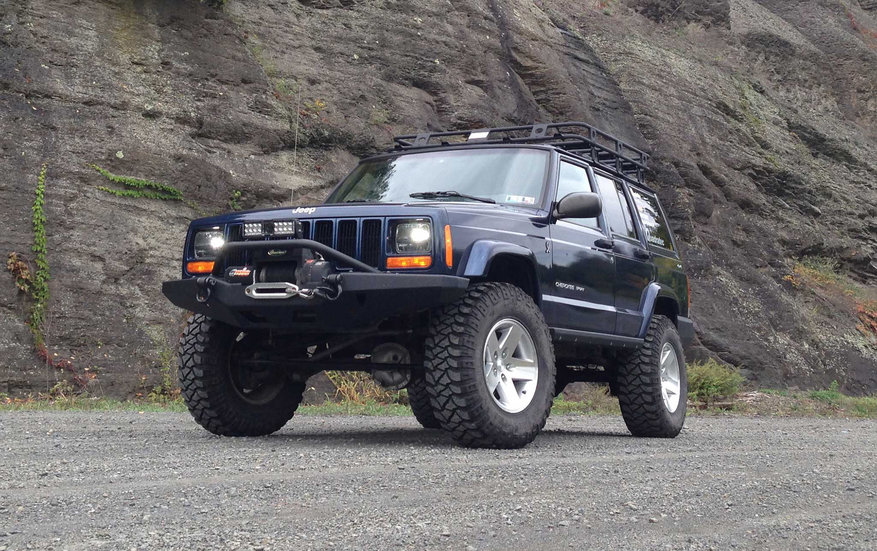by Josh Wayman
Staff Writer
Part Two of a Series. For Part One: History of the XJ, Birth.
After AMC’s absorption by Chrysler, the Jeep Cherokee XJ was ready to make its mark on automotive history. With the backing of a major US automaker and the oversight of Chrysler president Lee Iaccoca, Cherokee dominated the off-road and on-road markets alike. It seemed everybody from the urban yuppie to the extreme off-roader wanted their hands on the sporty XJ.
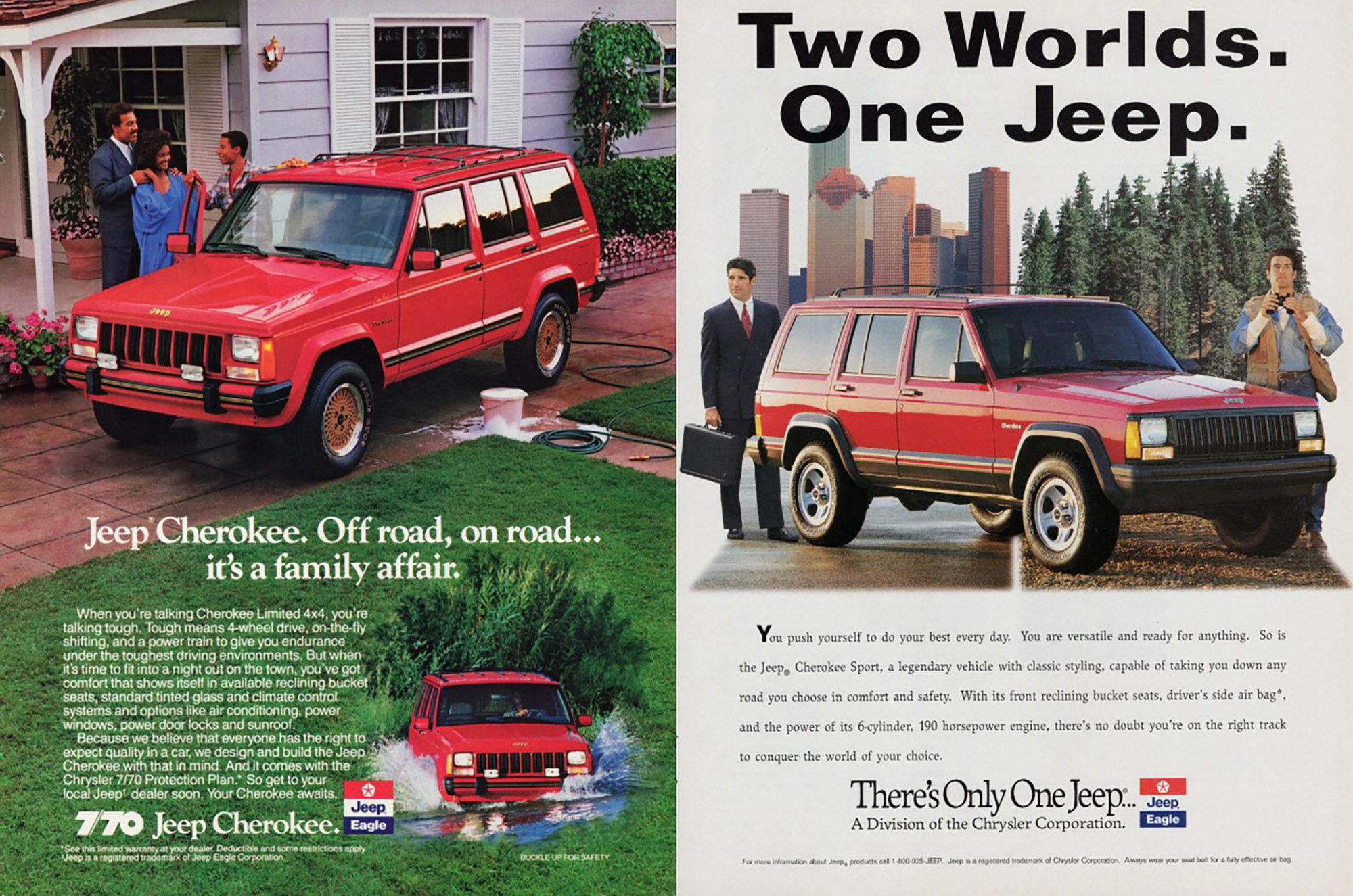
For the 1987 model year, the XJ underwent changes that transformed it from an underdog to a juggernaut. The Aisin-Warner AW4 four-speed auto transmission, co-designed by AMC and Borg Warner, replaced the old three-speed. A new luxury trim level, dubbed Limited, was also added to the lineup. But the most important change was the introduction of the legendary AMC 4.0 liter inline-six engine.
The 4.0 was one of only four AMC-designed engines Chrysler kept in production following acquisition of that company and the 1987 XJ made 173 horsepower — 58 more than the previous year. Improved fuel injectors were added for the following model year and the 4.0 could then go toe-to-toe with some small-block V8s.
The AMC 4.0 has since achieved almost mythical status as one of the most unkillable engines out there, described by Popular Mechanics as “reliable as a block of wood.”
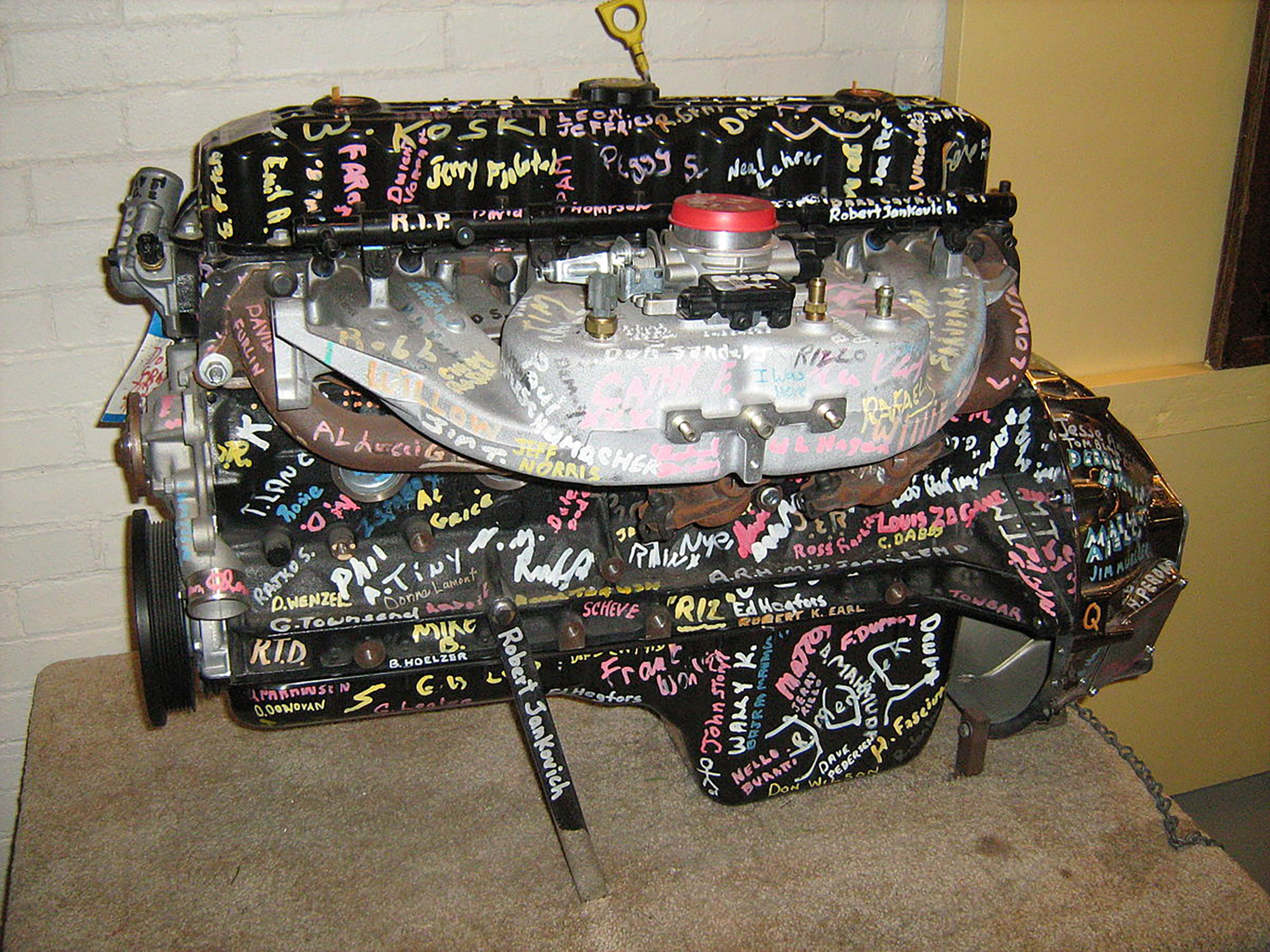
Photo Caption: The 5,000,000th AMC 4.0L Inline-Six engine manufactured in Kenosha, Wisconsin, signed by workers of the plant. It was the last 4.0 to be made on the Greenlee Block Line — June 16, 2001.
Optional antilock brakes that worked in both two- and four-wheel drive were then introduced in 1989; the first of its kind for four-wheel drive vehicles.
The XJ then underwent further refinements in 1991, including a multi-port fuel injection system and redesigned exhaust manifolds, pushing it up to 190 horsepower. Most XJs equipped with these features received '4.0 Litre HIGH OUTPUT' badging.
That same year, the old and complicated RENIX engine management system was replaced with a better Chrysler engine management system and OBD-I. These changes not only improved power but also made diagnostic troubleshooting for XJ owners far easier.
While some small changes underneath the hood were made over the years, the XJ’s overall physical appearance hardly changed for most of its production run. It wasn’t until 1997 that the XJ underwent an inside and out style refresh inside. This new model also received a stiffer unibody construction, steel liftgate, ever-so-slight aerodynamic improvements and previously optional airbags became standard in all models.
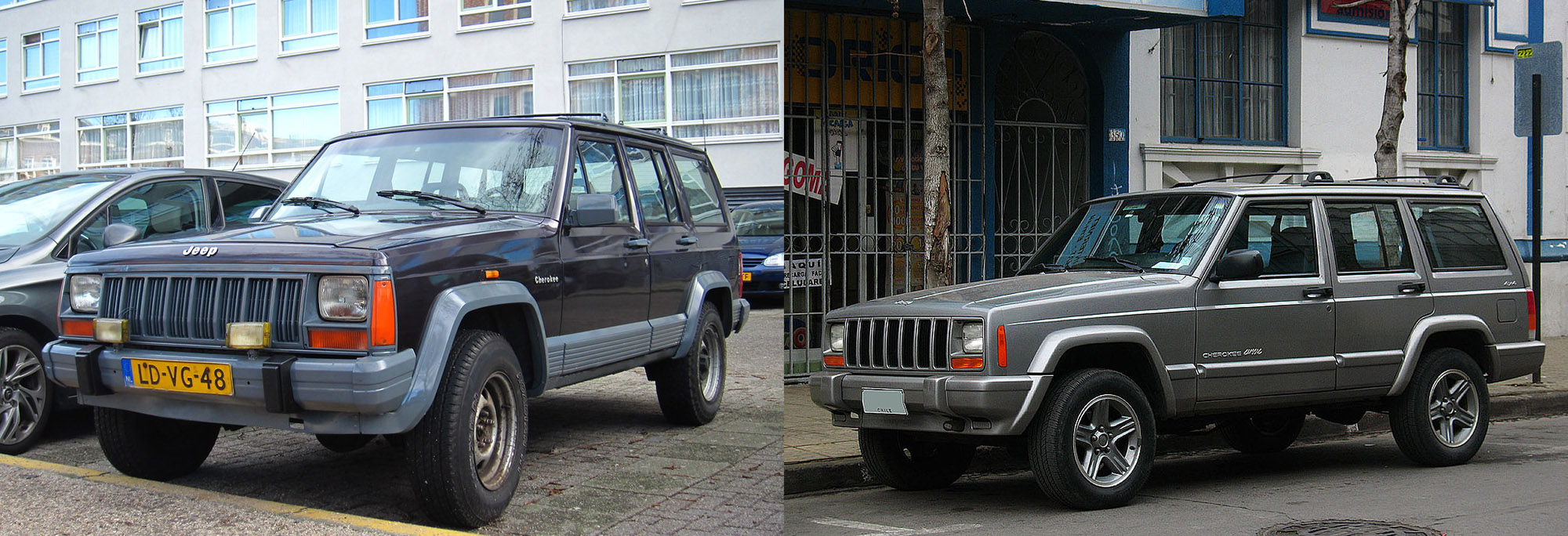
Photo Caption: Before and after the XJ style refresh.
The XJ's monumental success was primarily thanks to great original designs by AMC, and Chrysler’s wise decision to change very little while continuing production for as long as possible. Helping its cause was also affordability, capability, reliability and maintainability. In fact, the Grand Cherokee ZJ, which rolled out for the 1993 model year, was originally meant to replace the XJ. But Chrysler executives noticed XJ sales remained strong year after year, so they decided to sell the two vehicles side by side. The XJ even ended up remaining in production for three years after Chrysler discontinued the ZJ.
By the late 1990s, the Cherokee XJ was a known factor worldwide. You could see them on screen in everything from The Bourne Identity to The X-Files to Daylight and Red Corner. Fleet models were developed and sold for postal carriers and police departments. International sales took off in France, China and the U.K. The XJ has even been listed as one of the country’s most stolen vehicles, a statistic that speaks to the desirability of these Jeeps. On a personal note, I do not find this particularly surprising, as my 2001 XJ has been stolen and recovered twice.
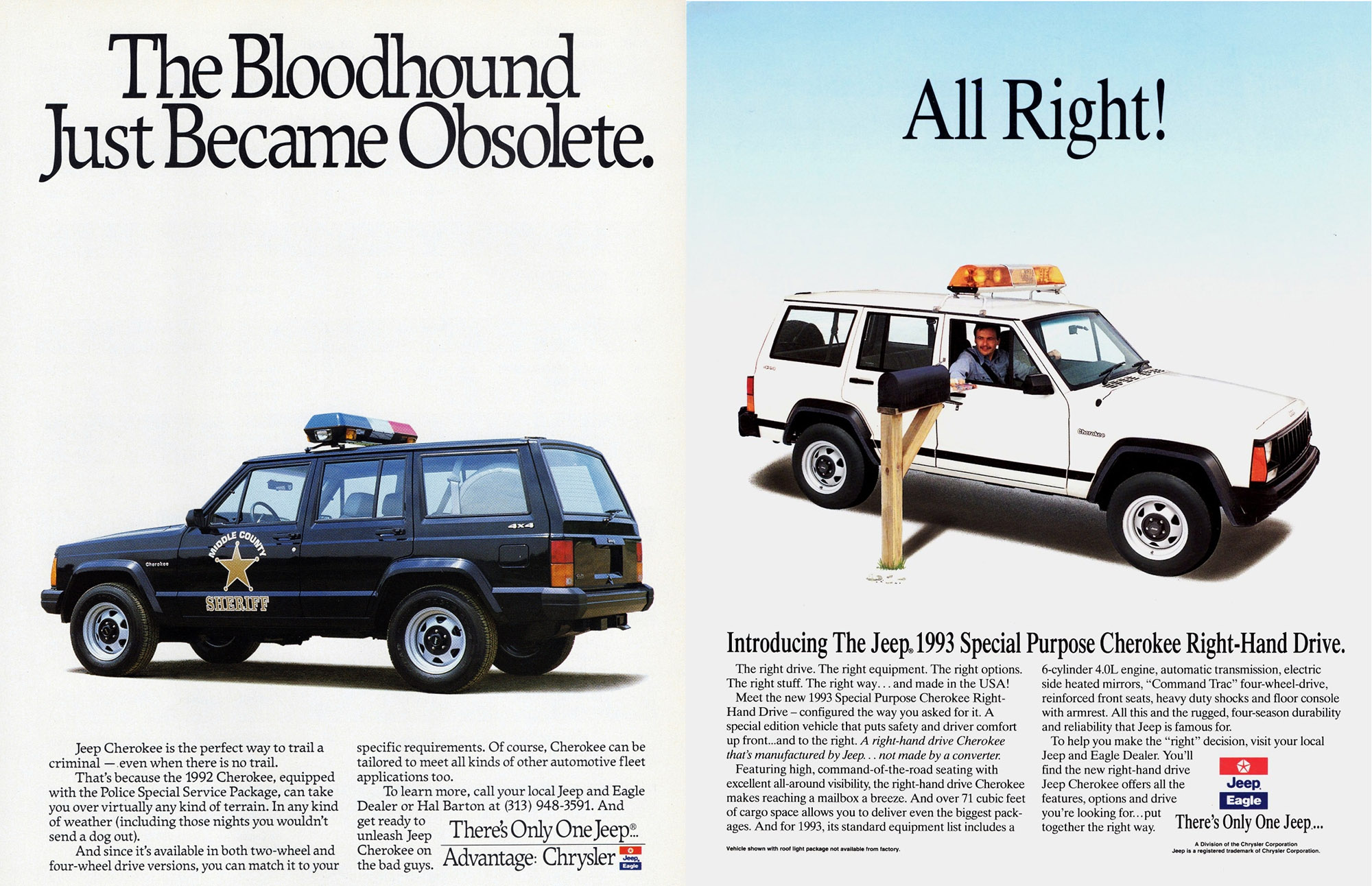
Photo Caption: A 1992 police XJ and 1993 right-hand-drive postal carrier XJ. The latter paved the way for expansion into the United Kingdom.
All in all, the potential Lee Iacocca saw in the Jeep brand when Chrysler acquired AMC was more than rewarded. The XJ enjoyed high production and sales for most of its life and left its mark not only in the off-roading world, but in the automotive industry as well.
Sadly, after 17 years of production, the XJ’s end came mostly as a result of Chrysler’s financial distress, a difficult merger with Daimler-Benz and the aspirations of a man named Wolfgang Bernhard.












